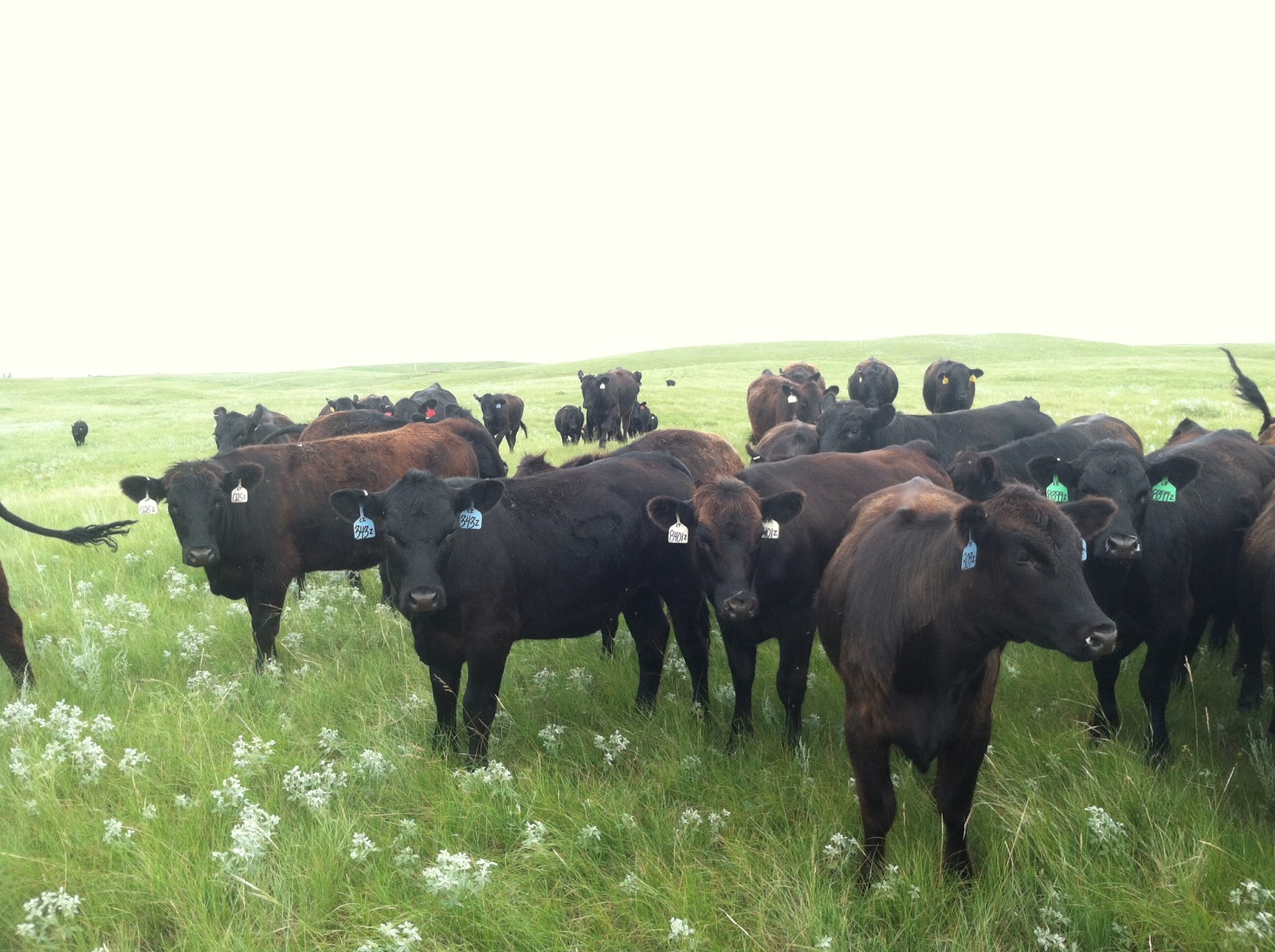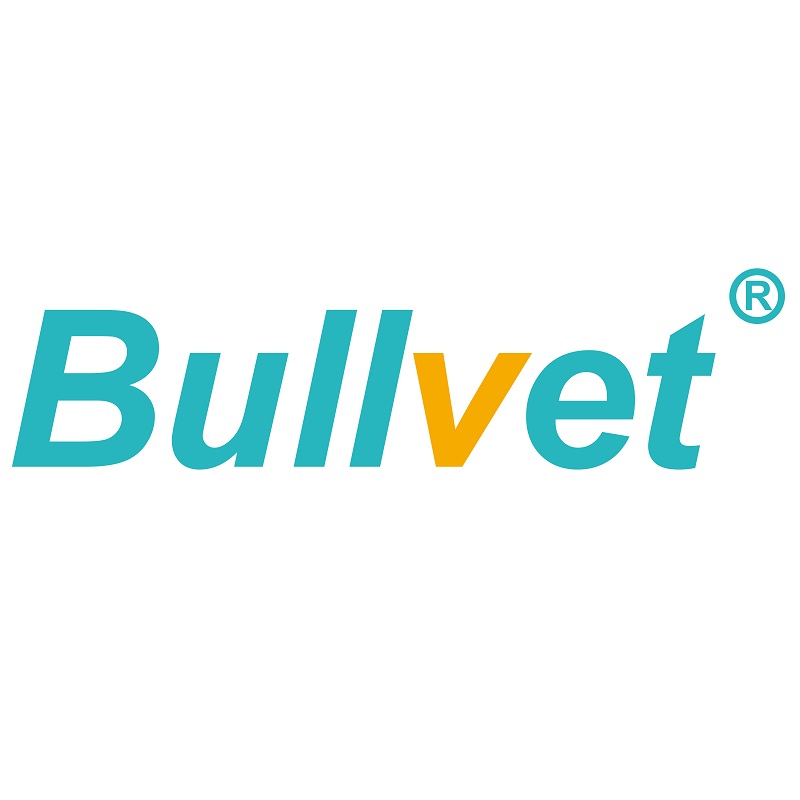
Eperythrozoon bovis is a common cattle disease, which usually occurs easily in high temperature and high humidity summer. The disease will not only lead to a decline in milk and meat production, but also a decline in cowhide production and fertility. In severe cases, it will cause death and affect the development of the breeding industry.
Cause of the outbreak: Stress, such as bad weather, long-distance transportation, improper feeding management, excessive stocking density, excessive mosquito reproduction, severe infection of ectoparasites, etc., resulting in the decline of resistance of most recessively infected people in the herd. The pathogen will multiply in large numbers, causing the disease. There are four ways of transmission: direct contact, blood, media insects and vertical transmission. Ticks and flies are the main media insects.
Epidemic characteristics of bovine erythrozoosis
Cattle, beef cattle, and dairy cows can all be infected with this disease, and there is no gender or age difference.
For newborn calves infected vertically, body temperature rises and wheezing are the main symptoms in summer.
Cattle and beef cattle often have no clinical symptoms and are negative for infection.
High-yielding dairy cows can show positive reactions when they are stressed by various factors.
The onset is not affected by the season, once infected, any season can suffer from stress.
Symptoms
Bovine eperythrozoosis is characterized by anemia, emaciation, weakness, pica, diarrhea, and fever in summer.
Early stage of illness: the cattle is depressed, prone to lying down, slow to stand up, unsteady gait, loss of appetite, increased desire to drink, gray and white serous nasal fluid in the nose, drooling, and tearing. The sound of rumen peristalsis is weakened, loose stools, foul-smelling feces, some hard feces are drained, and sometimes the feces are bloody. Urine volume decreases and the urine is brown in color.
Middle stage of illness: the cattle’s body temperature rises to 40°C-42°C, appetite is lost, no rumination, and breathing speeds up. Pale or yellow staining of the conjunctiva, lips, and anal mucosa.
In the late stage of the disease: bleeding spots of various sizes appear on the eyelids and tail roots of the sick cattle, and it is obviously emaciated, the body temperature is basically normal, the nose is dry and cracked, the muscles of the whole body are shaking, standing unsteadily, shaking and trembling when walking, and even lying down can't afford it.
The disease lasts for a long time, and sick cattle often die due to extreme exhaustion.
Treatment
Beef cattle infected with this disease should be diagnosed promptly and treated as soon as possible to prevent delays in the optimal treatment timing. At the same time, for the condition of cattle with different diseases, corresponding auxiliary treatment or Symptomatic treatment should be taken, such as glucose injection, vitamin supplement, blood supplement, gastrointestinal regulation, etc. Antibiotics can be used for treatment, such as 20% Long-acting Oxytetracycline Injection, Doxycycline Hyclate Injection, Florfenicol Injection, etc. In addition to using the aforementioned drugs for treatment, anti anemia drugs and iron supplements can also be used, which will have better results. If the sick cattle are weak, they can be injected with appropriate amount of glucose and vitamin C intravenously once a day for 3-5 consecutive days. At the same time, green and juicy feed should be properly added to the feed, and vitamin A, Multivitamin B, vitamin D, vitamin E powder and mineral trace elements should be supplemented.
Prevention
Strengthen the feeding and management of cattle to avoid stress. It is best for cattle farms to breed and raise themselves, avoiding long-distance transportation.
Continuously improve breeding techniques, strengthen regular disinfection, regular pest control, regular epidemic monitoring, and regular epidemic prevention to ensure biological safety and improve breeding efficiency.
If the cattle farm falls ill, it is necessary to pay attention to regular monitoring. As long as it is found that cattle are infected with Eperythrozoon, which is prone to infection, effective measures should be taken immediately for prevention and treatment, especially in the summer and autumn seasons.

Bullvet is a private veterinary drug high-tech enterprises established by Dr. Wu, it is located in Rongchang Chongqing, which is a state-level hygiene city. Rongchang is also the China animal husbandry technology city and the modern animal husbandry demonstration core. Southwest University Rongchang campus and Chongqing academy of animal husbandry are also located here.